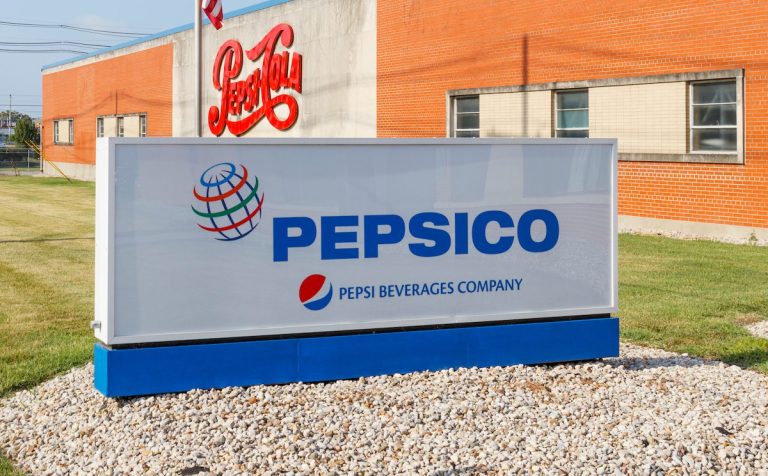PepsiCo: Ghost Kitchens Need Better Menu Storytelling to Build Trust

Without physical spaces to establish trust, ghost kitchens must work harder to build customer relationships.
In an interview with PYMNTS, André Moraes, senior director of marketing at PepsiCo Foodservice and head of PepsiCo Foodservice’s Digital Lab, explained what the food and beverage giant learned from its Pep’s Place virtual brand test and how it is applying those insights in its new turnkey ghost kitchen solution for restaurant customers.
“Pep’s place for us was really our first experience with the world of virtual brands [and was] an opportunity for us to learn firsthand,” Moraes said. “We learned [that] communicating what’s special about the menu — but in a familiar format — is really important in guiding the consumer experience to be a pleasant experience to be one that’s not one of questions or uncertainty but one of excitement.”
He added that strong visuals can be key to this process, as can providing a seamless add-to-cart experience and having clear categories that save consumers time as they move through the menu.
Indeed, many ghost kitchen operators have found that building trust on digital marketplaces requires a more deliberate strategy for virtual brands than it does for those with a large in-person presence. For instance, in a May interview with PYMNTS’ Karen Webster, Geoff Alexander, president and CEO of Wow Bao, a brand primarily available via its hundreds of virtual locations, said prioritizing digital hospitality is key to building virtual trust.
As far as PepsiCo and its foodservice customers, Moraes said storytelling is essential to building those online connections in the absence of brick-and-mortar spaces. Finding a brand from which to order has become like finding a show on streaming to watch, with consumers treating the process similarly, keeping an eye out for new, compelling content, he explained.
“We’re starting to find that consumers really are eager to find new options from a dining experience, whether that’s culinary innovation at their favorite restaurants, or entirely new offerings that they can experience and experiment with,” Moraes said.
Many diners have grown used to the digital food marketplace experience. Research from the latest edition of PYMNTS’ monthly ConnectedEconomy™ study, the “ConnectedEconomy™ Monthly Report: The Gender Divide Edition,” found that about half of all men and 39% of women order from restaurant aggregators each month. This disparity accounts for 9.4 million more men than women using these food delivery services.
For these aggregator customers, quick and intuitive user experiences are key. Research from the 2022 Restaurant Friction Index, found that 63% of aggregator customers opt for the channel for its ease and convenience.
“It all comes down to time and to a level of comfort from the consumer — knowing what they’re ordering and being able to do so quickly,” Moraes said.